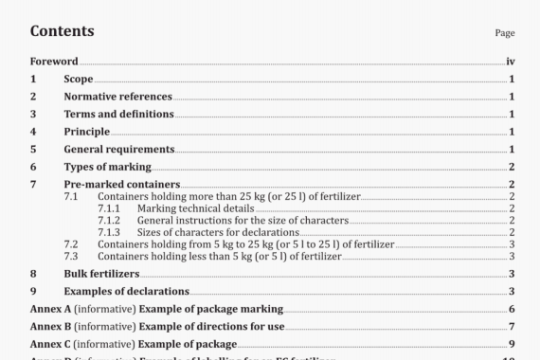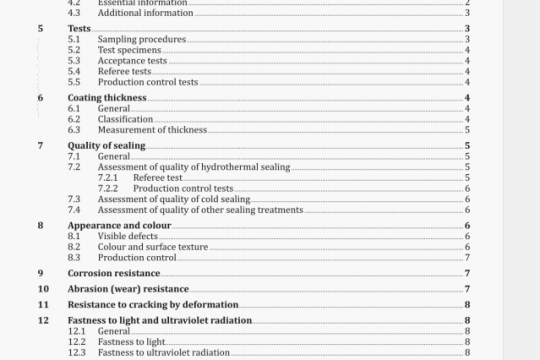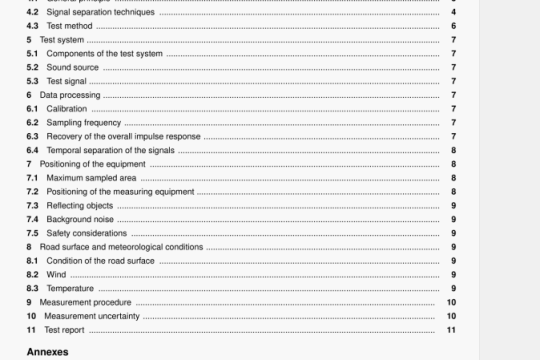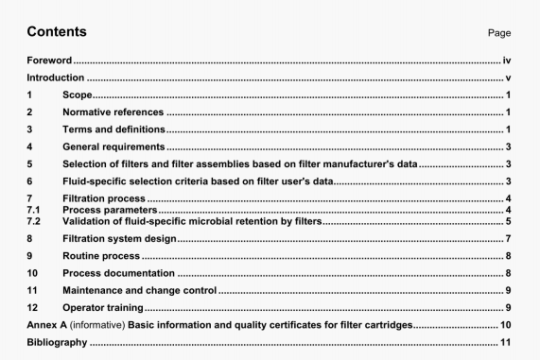ISO 2230:2002 pdf download
ISO 2230:2002 pdf download.Rubber products-Guidelines for storage.
5 Packaging
5.1 General
Unless otherwise specified in the appropriate product specification, rubber products should be:
— enclosed in individual sealed envelopes;
or
— enclosed in individual sealed pockets in a multiple envelope provided that they can be removed without affecting the sealing of the remainder of the items in the package;
or
— if it is not possible to package the items in either of these ways, suitably enclosed or wrapped so as to prevent free access of air.
NOTE 1 Under certain conditions silicone rubber (Q) deteriorates if totally enclosed and in these cases free access of air is advisable provided other deteriorating agencies (see 6.2) are avoided.
NOTE 2 II is advisable that packaging be completed as soon as is reasonably practicable after curing in the case of a vulcanized rubber product, or as soon as reasonably practicable after manufacture in the case of a thermoplastic rubber product.
The packaging should be carried out in an atmosphere in which the relative humidity is not greater than 65 % (see 6.2.2) and under conditions that will ensure freedom from contamination by dust, oil, grease, etc.
If it is necessary for rubber components to be packed in assembly sets, the components should be retained in their original identifying envelopes within the main package.
No part should be tied or tagged in such a way as to cause damage.
5.2 Packaging materials
All material of any containers, covering or wrapping should be free from substances, such as copper naphthenates or creosote preservatives, having a degrading effect on the rubber.
Heat-sealable opaque materials should be used unless it can be demonstrated that this is not practicable in the circumstances or would distort the packaged product.
NOTE 1 Some suitable materials are polyethylene-coated kraft paper, aluminium foil/paper/polyethylene laminate and opaque polyethylene film.
Plasticized poly(vinyl chloride) (PVC) film, or any other film containing plasticizer, should not be used in direct contact with the rubber. If for any reason a transparent or translucent material is used, it should be over-wrapped with an opaque material.
If polyethylene is used as a single wrapping, it should be not less than 0,075 mm thick (determined in accordance with ISO 4591).
NOTE 2 For some products, antistatic plastics wrapping may be required.
Where there is serious risk of ingress of moisture (see 6.2.2), aluminium foil/paper/polyethylene laminate or other similar means of protection should be used to ensure protection from ingress of moisture.
5.3 Labelling
Every package or container should be labelled with the following information which should be visible from the outside of the package without breaking the seal:
a) the manufacturer’s part number;
b) the specification number of the product or component (where applicable) and/or the polymer description;
C) the quarter and year of vulcanization or manufacture of the rubber product or component (e.g. July to September
1994 = 3/94);
d) the classification of the rubber type in accordance with clause 4;
e) the quantity in the package;
f) the manufacturer’s identification or trade mark;
g) the manufacturer’s batch number or similar means of production identification.
6 Storage
6.1 General (see also the Introduction)
Materials, unassembled components and assemblies containing rubber components packaged in accordance with clause 5 should be stored indoors under the conditions given in 6.2.
NOTE It is advisable that the physical environment in which rubber is stored is given due consideration, as thermoplastics tiles and painted surfaces may become permanently stained through migration or volatilization of compounding ingredients such as antidegradants or process oil.
6.2 Storage conditions
6.2.1 Temperature
The storage temperature should be below 25 °C and products should be stored away from direct sources of heat such as boilers, radiators and direct sunlight.
If the storage temperature is below 15°C, care should be exercised during the handling of stored products as they may have stiffened and become susceptible to distortion if not handled carefully. The temperature of products taken from such low-temperature storage should be raised to approximately 30 °C throughout their mass, before the products are put into service.
6.2.2 Humidity
The relative humidity should be such that, given the variations of temperature in storage, condensation does not occur. In any event, the relative humidity of the atmosphere in storage should be less than 70 % or, if polyurethanes are being stored, less than 65 %.
NOTE
— Air with 75 % RH at 15 °C will have a dew point of approximately 11 CC.
— Air with 75 % RH at 20 °C will have a dew point of approximately 16 °C.
— Air with 65 % RH at 15 °C will have a dew point of approximately 9 °C.
— Air with 65 % RH at 20 °C will have a dew point of approximately 13 °C.
— Air with 50 % RH at 10 °C will have a dew point of approximately 0 °C.




